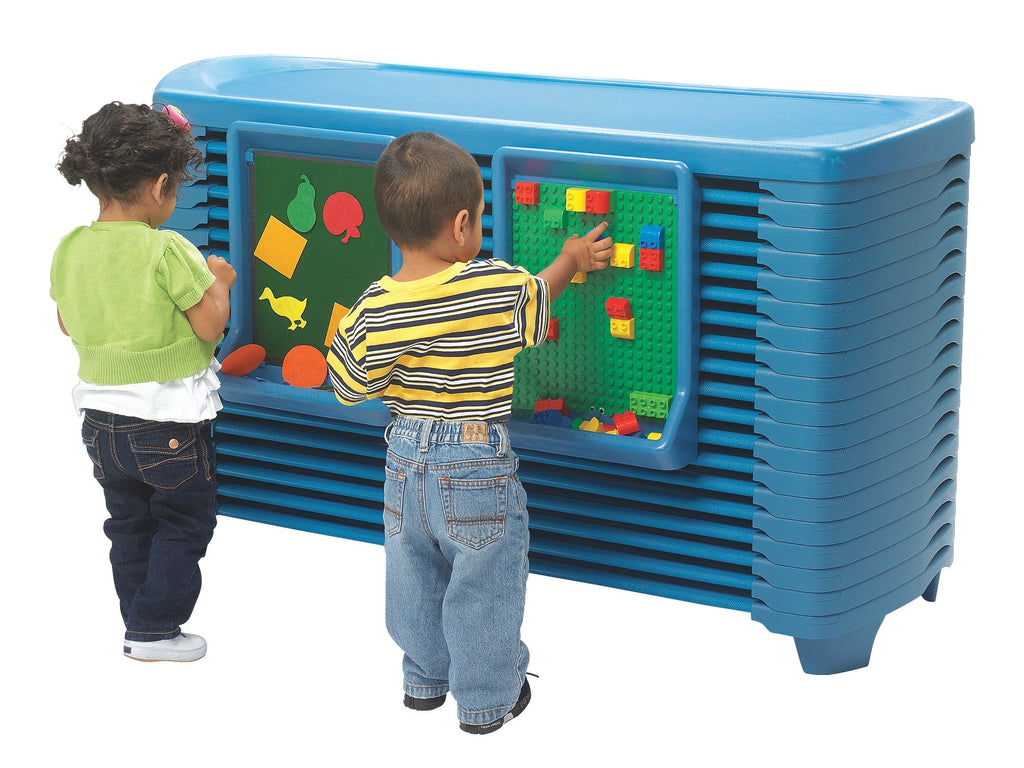5 Naptime Tips for Preschool Teachers

One of the most difficult times of the day for preschool teachers is naptime. The kids are all riled up from the morning activities, and do not want to calm down. In today’s blog, Kindermark Kids offers some advice to those teachers dealing with difficult naptime situations. With these tips, you’re on your way to a successful nap time!
 1. Transition Gradually.
1. Transition Gradually.
Going from high intensity play straight to laying down, being still and quiet doesn’t usually work too well. Help students move from high energy activities to low energy activities. Winding down is an important step in helping children take full advantage of naptime. Ask the children to start getting ready for naptime by arranging their cots or mats on the floor, but don’t have them lay down just yet. Bring them back together to read a quiet book. Slowly the children will start to relax, being better prepared for when naptime begins.
2. Set the Tone for Resting.
Dim the lights and play quiet music or other white noise to create a calm and soothing environment. This helps set the tone for resting, and lets the children know it’s almost naptime. As you move around the room helping children get ready for nap time, do so quietly and slowly. Be sure to use a hushed voice to encourage children to settle down and do the same.
3. Establish a Routine.
Preschoolers thrive on consistency. Be sure to make nap time a routine by having it at the same time every day. Most of the time, naps are taken in the afternoon. By keeping a regular schedule, their bodies will learn the routine and begin to trigger their natural clocks. This helps make nap time even more successful. Keep naptime a set length as well; 90 minutes is the suggested maximum naptime length for young children. Too long of a nap can cause crankiness, and even often difficulty with bed time that night.
 4. Set Realistic Expectations.
4. Set Realistic Expectations.
If you’re new to teaching and you expect your preschoolers to just lay down and be quiet without a fuss, you’re in for a treat. Be sure to set realistic expectations for not only the children, but for yourself. You don’t want nap time becoming all about discipline. Keep your voice calm rather than raising it when I child gets up or speaks during nap time. Assess your reactions, adjust and keep calm. Have a plan of how you will handle situations during nap time before they arise.
5. Prepare for No Naps.
Some children just do not nap well. You don’t want to force them to actually sleep, only to be quiet while others sleep. Plan quiet activities that can occupy those children while the others take their naps. This could be looking at a book, coloring or working on a puzzle. You just want to make sure they are staying quiet and not bothering those that are sleeping.
Bonus Tip: Refer to nap time as quiet time, toddlers will begin to associate the term “nap time” and will start to naturally resist it. Chances are most of them will end up falling asleep on their own.
Kindermark Kids offers a variety of products to help make naptime in your classroom a success. Be sure to check out our stackable rest cots and rest mats. Both items make creating a rest area easy, without taking up too much storage space. Our cots offer the latest technology to provide a safe, clean cot for the children in your care. Our mats are made with long lasting, easy to clean materials that will keep children safe and comfortable. Visit our website to learn more!
Kindermark Kids - Creating Child-Friendly Spaces!
- Erin Burdette

